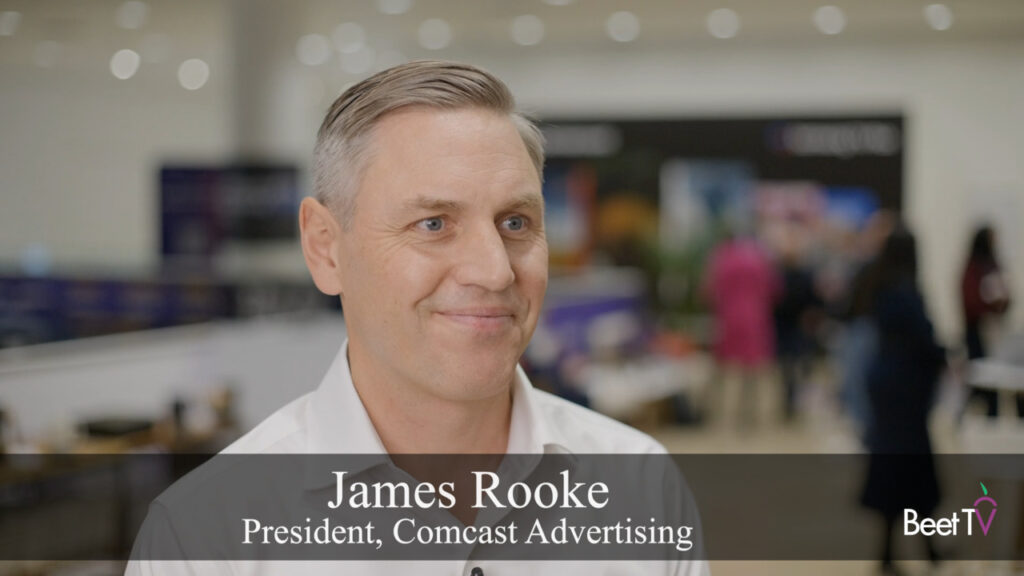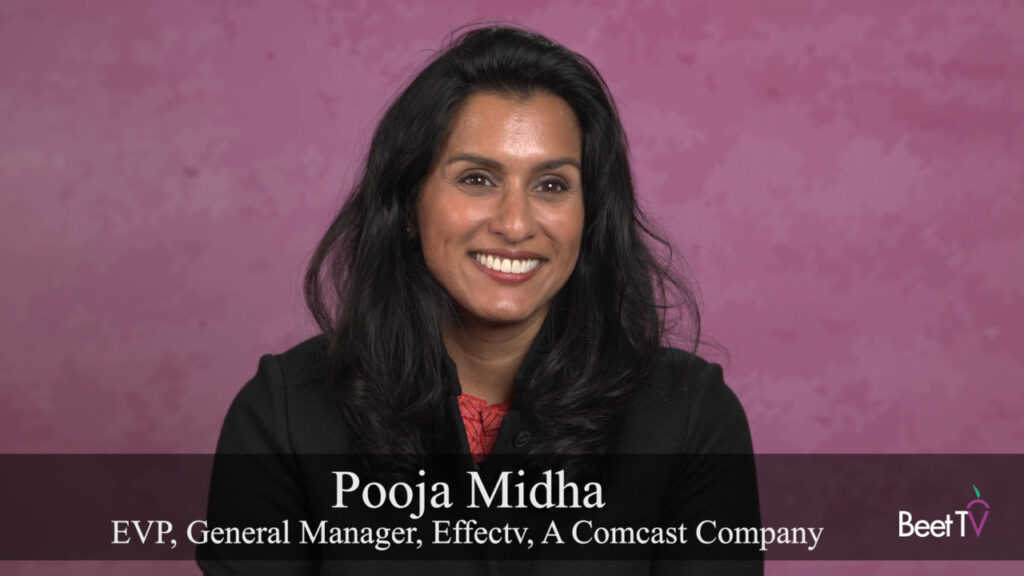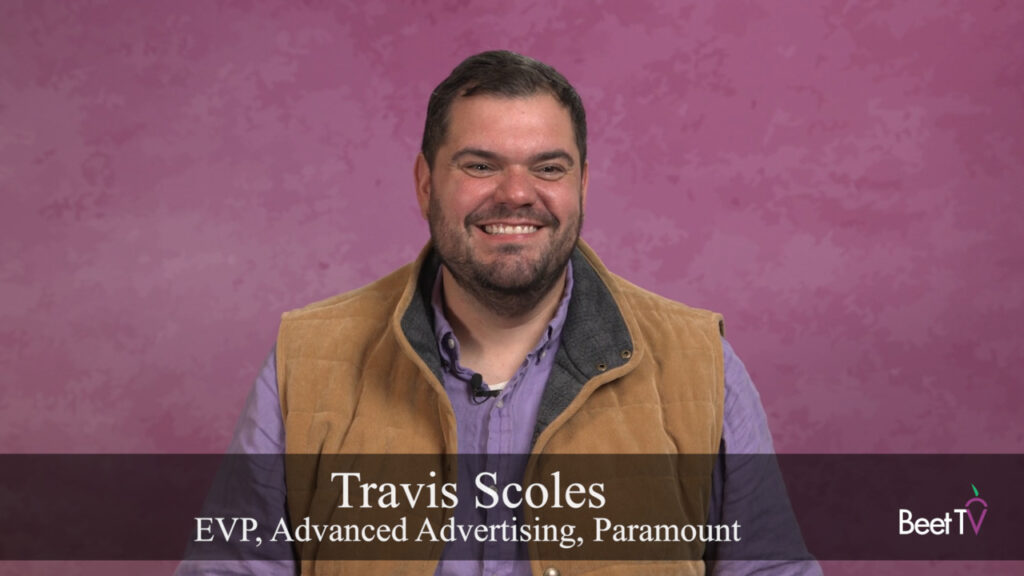It was great to have Saul Hansell of The New York Times at the Beet.TV Online Video Roundtable on Tuesday. He distills quite a lot in his post this morning on Bits.
A big topic of discussion was the "discoverability" of videos
offered at the conclusion of a selected video. The publisher can
provide related clips which would be of interest of the viewer, thus
engagement with online video news is deeper and longer. Here is Saul’s
take:
"This offers a bit of confirmation to a theory I’ve had for a while:
that the Internet will reverse the dumbing down of news that was caused
by television. One reason that TV reduces most news segments to two
minutes is that everyone watching a newscast has to watch all of them,
even the topics that bore them. Video on the Internet is more like
reading a print publication. You decide how much you want to watch and
when to switch to the next topic. And so programmers don’t have to be
afraid of providing information that some people want because they are
afraid that others will switch to a different channel."
I published a post on this topic last night.
Congratulations to Saul on the one year anniversary of Bits, the
technology blog of The New York Times. It’s way up on the Techmeme
leaderboard and recently expanded its staff coverage. I interviewed Saul
last November when the blog launched. I’ve republished the interview
today.
— Andy Plesser, Executive Producer


























